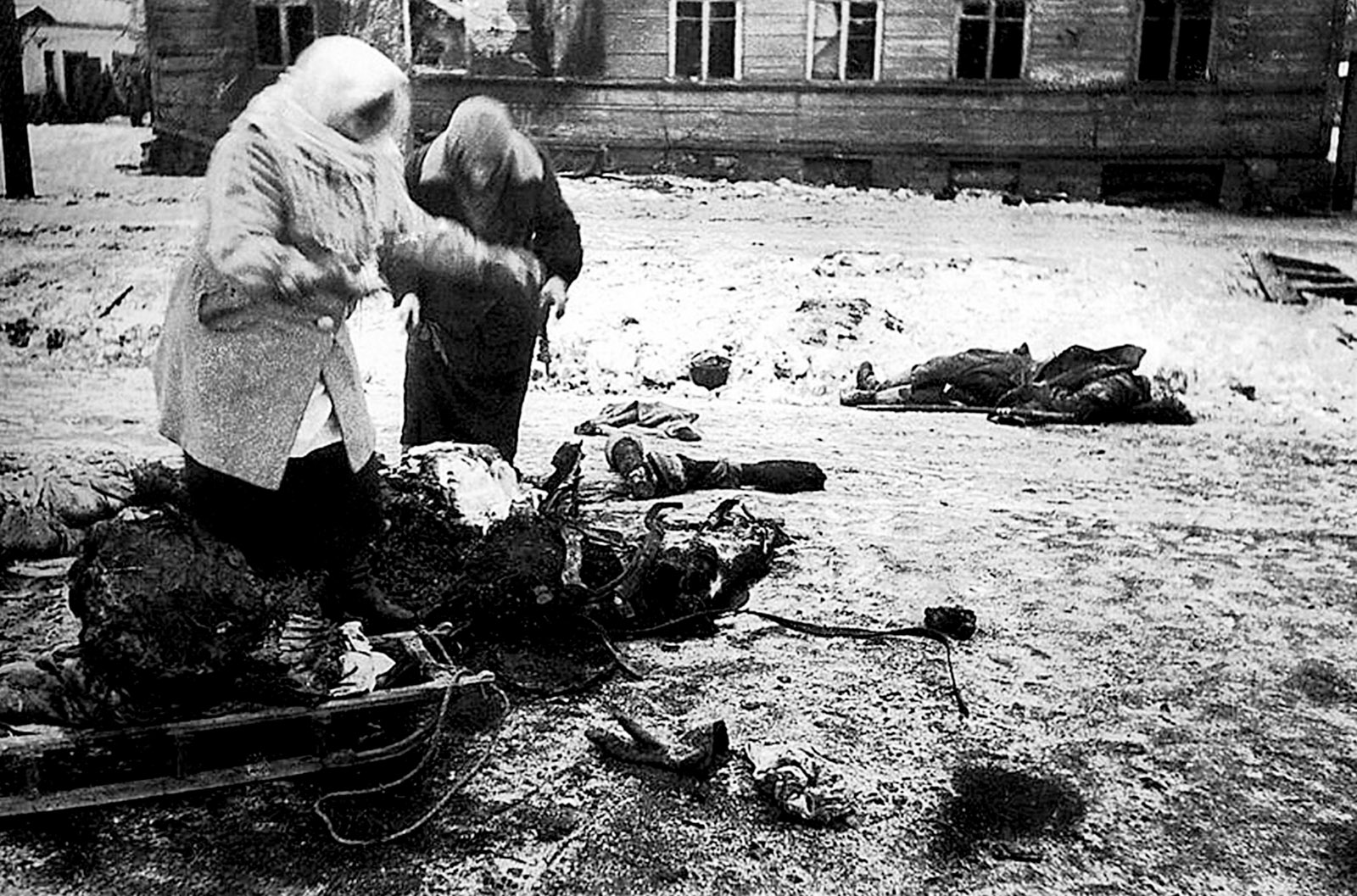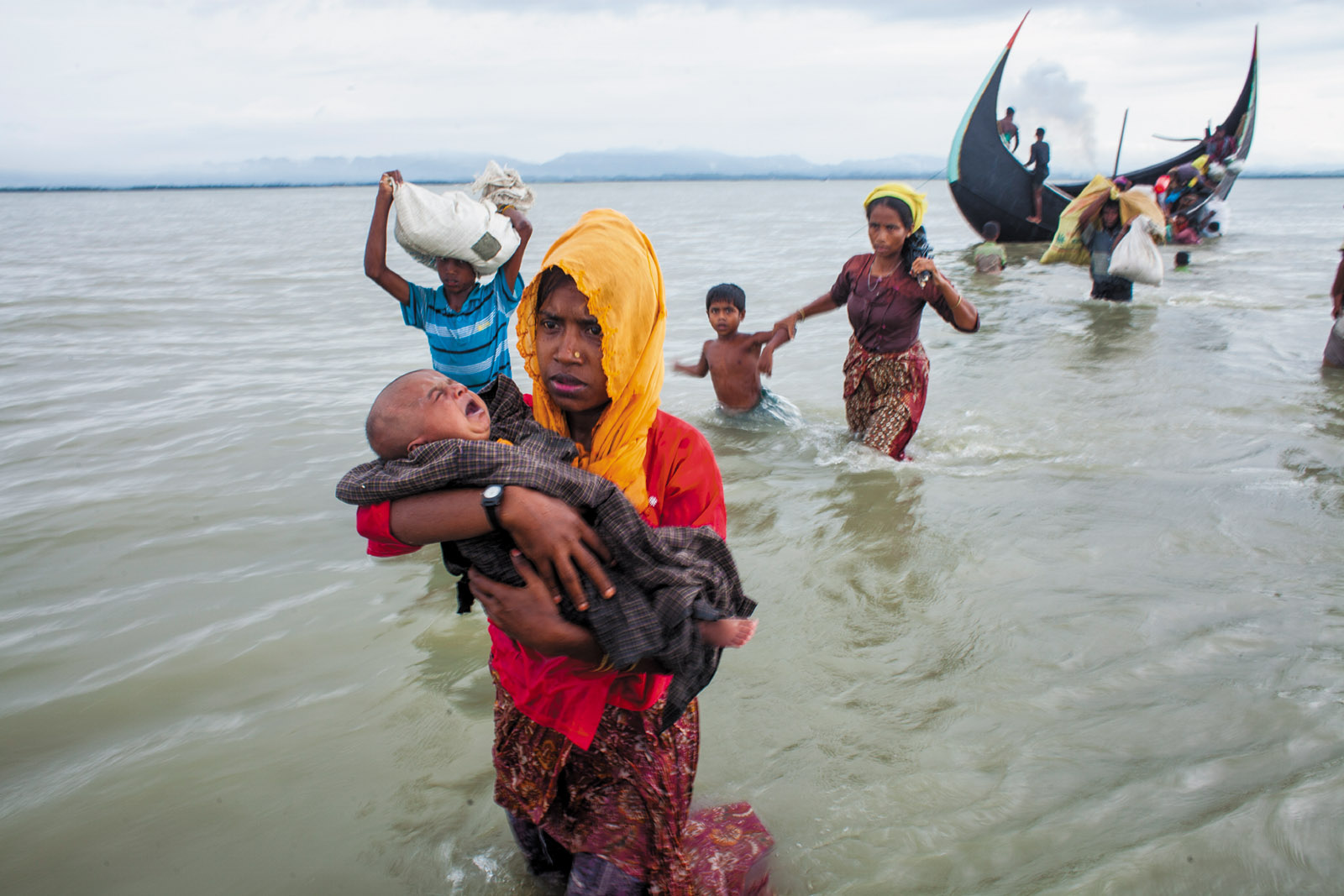
The sweetness of food, the warmth of a sweater, the soil and rain that nourish plants and flowers: There is much for which to be grateful. But where do these things come from? Toni Yuly shows us, joyfully, in Thank You, Bees (ages 18 months to 4 years). Cheerful ink and collage art sings from each page in vibrant primary colors and interesting textures. Yuly’s clear, crisp depictions of things such as rain, gardens or a treehouse are lively and immediate, demonstrating that we have light from the sun, honey from the bees, wool from sheep, wood from trees — and each of these makes up a part of the home that the Earth gives us. This is an exuberant book about some everyday gifts from the natural world and a lighthearted way to express gratitude for them, with words that are easy, charming and important to say out loud now and then: “Thank you, bees,” “Thank you, trees,” “Thank you, Earth.”

Trust comes hard to 11-year-old Ada in The War I Finally Won(Dial, ages 9 to 12), by Kimberly Brubaker Bradley. This stunning sequel to Bradley’s Newbery Honor book “The War That Saved My Life” opens in 1940 with Ada about to undergo surgery on her clubfoot. Its success allows Ada to walk and run, but she remains haunted by memories of her abusive mother. Ada’s worries are further complicated by the uncertainties of war. The cottage Ada shares in Kent, England, with her younger brother and their guardian grows cramped and occasionally fractious when the landlord, Lady Thorton, moves in. Bradley brings to vivid life the home-front experience of blackout curtains, ration books, bombs and the constant fear of loss. When a Jewish teenager from Germany joins the household, Ada remains aloof, believing, like many at the time, that all Germans were enemies. Slowly, the girls bond over a shared love of the horses in Lady Thorton’s stable, and Ada learns of Hitler’s treatment of Jews. A series of tragic events thrusts Ada into action — and brings the disparate characters together. By turns tough and tender, this novel leavens complex themes with moments of wonder and joy, including a trip to the London zoo and a magical late-night gallop.
—

“The 57 Bus,” by Dashka Slater (FSG)
On the afternoon of Nov. 4, 2013, a 16-year-old boy in Oakland, Calif., set fire to another teenager’s thin white skirt. The victim received second- and third-degree burns and spent the next few weeks undergoing multiple surgeries. In The 57 Bus (Farrar Straus Giroux, ages 12 to 18), Dashka Slater examines this horrific incident from several angles, providing a nuanced portrait of the assailant and the victim, a brainy teen who identifies as agender (neither male or female). The book also sensitively explores the hot-button issues of gender nonconformity, bias crimes and juvenile justice. And since the attack occurred at one point along the sprawling route of the 57 bus, the city of Oakland — a diverse community beset by inequalities in income, opportunity and safety — also figures heavily in the narrative. For kids in East Oakland, “life had a way of sticking its foot out, sending you sprawling,” and Slater well describes the bleak and bleaker prospects they face.
On the afternoon of Nov. 4, 2013, a 16-year-old boy in Oakland, Calif., set fire to another teenager’s thin white skirt. The victim received second- and third-degree burns and spent the next few weeks undergoing multiple surgeries. In The 57 Bus (Farrar Straus Giroux, ages 12 to 18), Dashka Slater examines this horrific incident from several angles, providing a nuanced portrait of the assailant and the victim, a brainy teen who identifies as agender (neither male or female). The book also sensitively explores the hot-button issues of gender nonconformity, bias crimes and juvenile justice. And since the attack occurred at one point along the sprawling route of the 57 bus, the city of Oakland — a diverse community beset by inequalities in income, opportunity and safety — also figures heavily in the narrative. For kids in East Oakland, “life had a way of sticking its foot out, sending you sprawling,” and Slater well describes the bleak and bleaker prospects they face.





 k
k




